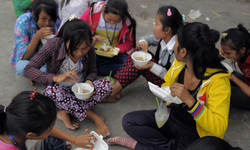
Over the past century, the sweatshop model has globalised, travelled the world, and continually relocated in its endless search for new reservoirs of cheap labour. This has accelerated with the rise of neoliberalism and “export-orientation” has become a byword for speedy development. The relocation of garment factories to the developing world has been accompanied by a progressive decline of prices for consumers, and consumerism has been framed as a means to alleviate world poverty, not only through fair trade schemes but also through “aid for trade” rhetoric. Today, in the context of what is known as the “retail revolution”, western consumers can purchase a pair of jeans on the high street for £5 – and also be gratified by the thought that, after all, they are shopping to save the world.
The article itself refers to Aihwa Ong's earlier work Spirits of Resistance and Capitalist Discipline: Factory Women in Malaysia. But though these spirits slowed production, they did not change the conditions of the factory.
In Cambodia, the neak ta and other spirits (these are all sorts of boramay) call out against this indignity. Here are the last few paragraphs of the Op-ed.
And now neak ta have been showing up to defend other victims of development. The spirits have appeared at demonstrations and sit-ins organized by the political opposition, which has been contesting the results of elections held in July, which kept Hun Sen’s governing party in power. At protests against urban dispossession in Phnom Penh, traditional animist curses are often levied at state institutions. Salt and chilies are hurled at courthouses, chickens are offered to spirits, mediums summon local gods to mete out justice in land disputes.
Last year, in a slum in Phnom Penh, a demonstration by residents who were being evicted by a wealthy landlord was interrupted when a neak ta possessed an indigent woman who lived under a staircase with her mentally ill husband, both suffering from H.I.V. The woman assaulted a local official who was trying to shut down the protest, forcing him to stand down. Previously, the landlord had cut down an old banyan tree believed to be the neak ta’s home.
“I have been protecting this area for a long time,” the woman shouted, “and I am very angry because the company demolished my house. I am very, very angry.”
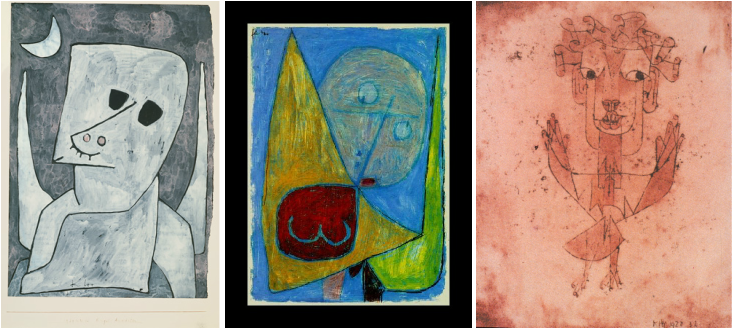
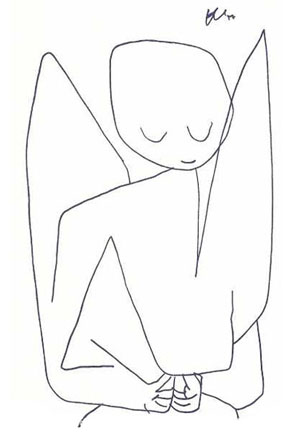
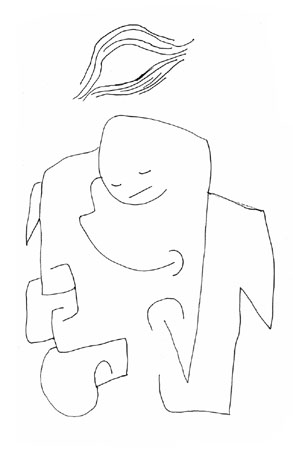
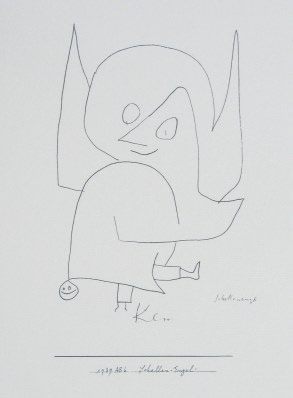
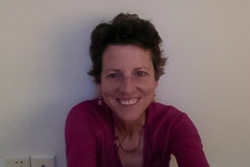
 RSS Feed
RSS Feed
